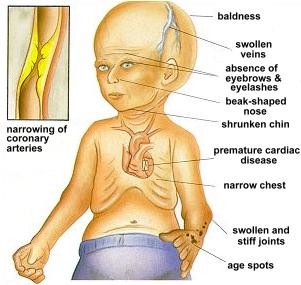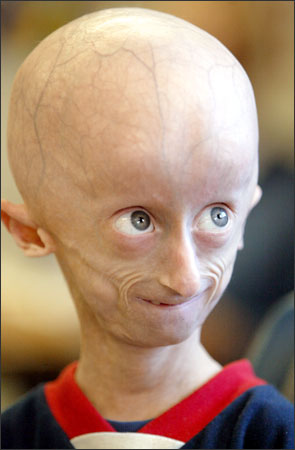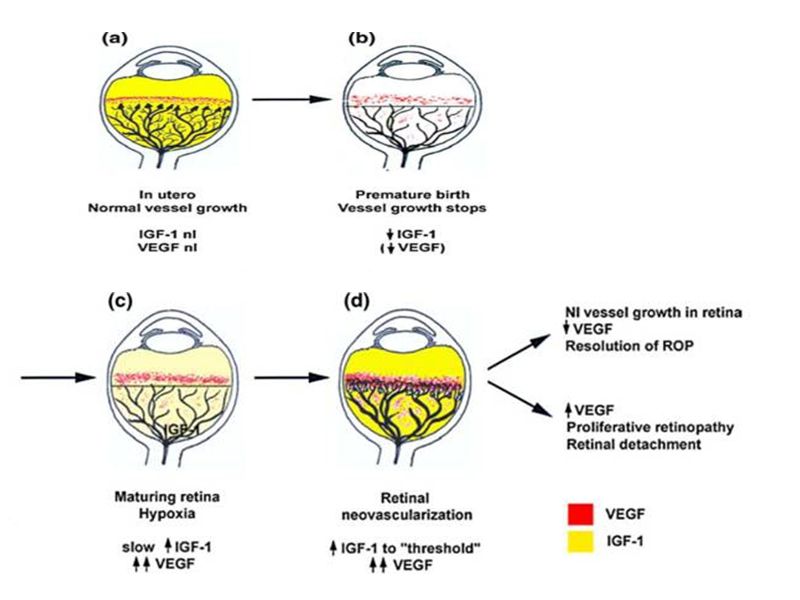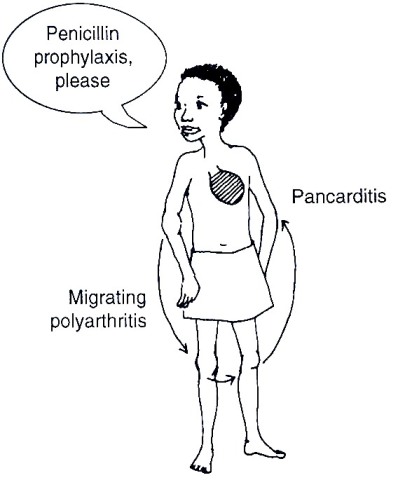Progeria : Aging starts in Childhood


Alternative names
Hutchinson-Gilford Progeria Syndrome (HGPS)
Hutchinson-Gilford Syndrome
Progeria Syndrome
Definition
Progeria is a rare and fatal congenital disorder marked by physical symptoms resembling that of aging but having early onset in childhood. The word “Progeria” is derived from the Greek word “Progerus” meaning “prematurely old”. It has a reported incidence of about 1 in 4 – 8 million newborns. It affects both sexes equally and all races.
Cause
Point mutation in the LMNA gene that encodes the protein Lamina A which is a part of the building blocks of nuclear envelope. Hence, the production of abnormal Lamina A proteins leads to premature death of cells. It is not inherited but it is almost always a chance occurrence that is extremely rare. Progeria is related with these diseases:
- Werner’s syndrome
- Cockayne’s syndrome
- Xeroderma pigmentosum
- Scleroderma
Signs and Symptoms
Children with progeria generally appear normal at birth. By 12 months, signs and symptoms, such as skin changes and hair loss, begin to appear.
- Growth failure during the first year of life
- A narrowed face and beaked nose
- Narrow, shrunken or wrinkled face
- Alopecia (baldness, loss of eyebrows and eyelashes)
- Scleroderma like skin conditions
- Dwarfism and mental retardation
- Large head for size of face (macrocephaly)
- Small jaw (micrognathia)
- Nail and dental abnormalities
- Prominent scalp veins
- Skeletal defects with limited range of motion
- Atherosclerosis and cardiac problems
Complications
- Myocardial infarction (MI or heart attack)
- Stroke (sudden death of brain cells in a localized area due to inadequate blood flow)
Diagnosis
- On the basis of above signs and symptoms
- Blood test revealing low level of High Density Lipoprotein (HDL)
- Confirmed through genetic tests
- Earlier the diagnosis is made, treatment can be commenced to ease the signs and symptoms and prevent the possible complications like heart attack and stroke.
Treatment
Progeria is an incurable disease. Most treatment focuses on reducing possible complications. These are:
- Artery bypass surgery or angioplasty.
- Low dose aspirin.
- High calorie diet.
- Growth hormone therapy.
- Physical & occupational therapy to minimize joint stiffness and improve mobility.
- Extraction of milk teeth to provide enough space for prematurely erupting adult teeth.
- Infants who feed poorly may benefit from a feeding tube and a syringe.
Life span
Average age of 13 years with a range of about 8 – 21 years (death due to atherosclerosis)
Progeria in Nepal
No cases of progeria has been identified in Nepal by this date.
Where to donate for Progeria?
Progeria Research Foundation is a trusted foundation that conducts campaign to collect funds and aims to find the cure and effective treatment for this disease.
Progeria as depicted in Movie “PAA”

Amitabh Bachchan plays the 13 year old character named Auro who is suffering from Progeria. This disease rapidly accelerates his aging and towards the end of the movie by the time the character hits his teens he dies.
Main sources of information:
Mayoclinic
Medline Plus
Progeria Research Foundation








1 Comment
People need…..to know about this disorder so that we can do some about it I dont have it and i’m a lucky one this is so…. just not right we as the people should do something about and get word out.
Comments are closed.